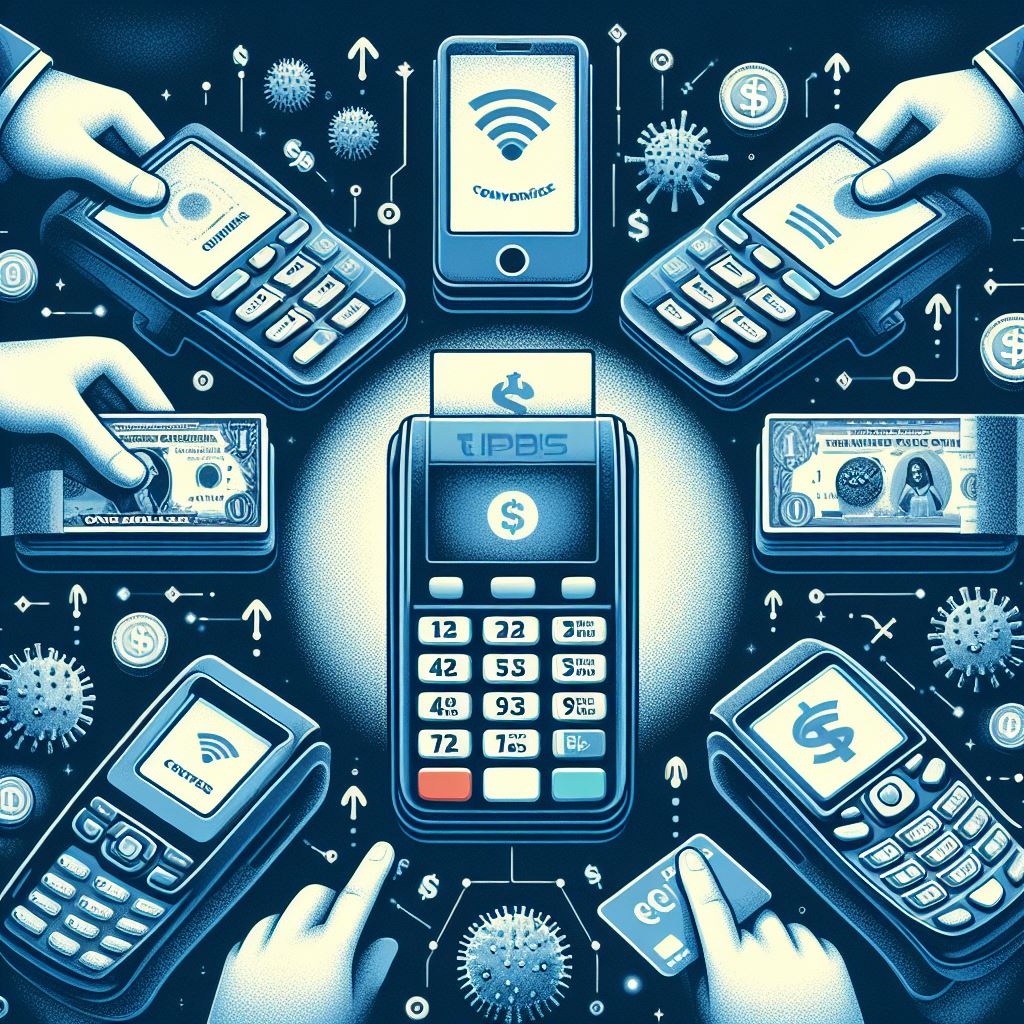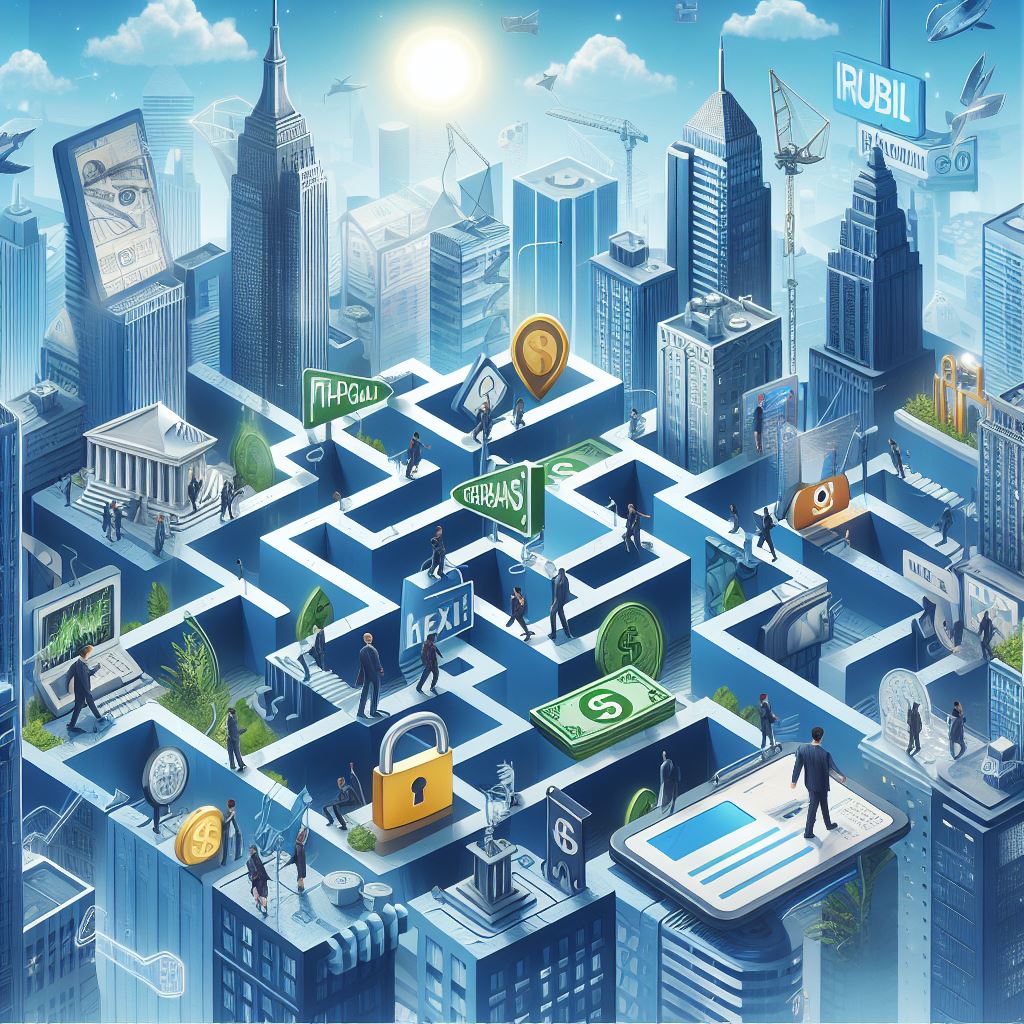Contactless Convenience: The Evolution of Payment Preferences in the COVID-19 Era

Introduction to Payment Preferences During the COVID-19 Pandemic
The COVID-19 pandemic has undeniably accelerated the adoption of contactless payment methods worldwide. As consumers and businesses alike sought to minimize physical contact and adhere to social distancing guidelines, the spotlight turned to innovative payment technologies such as Near Field Communication (NFC) and Quick Response (QR) codes. These methods not only provided the much-needed safety and hygiene in transactions but also introduced efficiency and speed. This article delves into how the pandemic has reshaped payment preferences, offering a comparative analysis of NFC and QR codes while highlighting consumer behavior and future trends.

The Rise of Contactless Payments: A Pandemic Response
The onset of the COVID-19 pandemic marked a pivotal shift in consumer behavior, with a significant surge in the preference for contactless payments. Initially, this shift was driven by the immediate need for safety and hygiene. However, as consumers experienced the convenience and speed of contactless transactions, what began as a temporary measure has now cemented itself as a permanent change in many people’s daily lives.
NFC Technology: How It Works and Its Advantages
Near Field Communication (NFC) technology facilitates wireless communication between devices over a short range. This technology, embedded in smartphones and payment cards, allows for secure and quick transactions by simply tapping the payment device near a point-of-sale terminal. The advantages of NFC include its speed, security, and the ability to integrate loyalty programs and coupons directly into the payment process.
QR Codes: Understanding the Basics and Benefits
QR codes, on the other hand, are two-dimensional barcodes that can be scanned using a smartphone camera to initiate a transaction. This method has gained popularity due to its versatility and the simplicity of scanning a code from a safe distance. QR codes do not require physical contact, making them an ideal choice during the pandemic. Additionally, they are cost-effective for businesses, as they can be generated and displayed without the need for specialized hardware.

Consumer Behavior: Shifts in Payment Method Preferences During COVID-19
The pandemic has significantly influenced consumer behavior, with a marked preference for contactless payment methods over traditional cash transactions. This section explores the factors driving this shift, including safety concerns, convenience, and the increased adoption of digital wallets.
Safety and Hygiene: The Driving Forces Behind Payment Innovations
The importance of safety and hygiene in payment transactions has never been more apparent. This section discusses how the pandemic has highlighted the need for payment options that minimize physical contact, thereby reducing the risk of virus transmission.
Comparison of NFC and QR Codes in the Context of COVID-19
This part of the article compares NFC and QR codes, examining their respective advantages and disadvantages, particularly in the context of the pandemic. It also explores consumer preferences and how businesses are adapting to these changing demands.
The Future of Payments: Trends Emerging from the Pandemic
The pandemic has not only changed current payment preferences but is also shaping the future of transactions. This section looks at emerging trends, including the increased integration of technology in payments, the potential rise of biometric payments, and the continued growth of e-commerce.
Global Impact: How Different Regions Embraced Contactless Payments
The adoption of contactless payments during the pandemic has varied significantly across different regions. This section explores the global response, highlighting how various countries have embraced and integrated contactless payment technologies.
Challenges and Limitations: Analyzing the Drawbacks of NFC and QR Codes
Despite their benefits, both NFC and QR codes have limitations. This section discusses the challenges associated with these technologies, including security concerns, technological barriers, and the digital divide.
Consumer Insights: Preferences and Perceptions of Payment Methods Post-Pandemic
Drawing on consumer surveys and studies, this section provides insights into how perceptions and preferences towards payment methods have evolved since the pandemic’s onset.
Conclusion: The Lasting Influence of COVID-19 on Payment Methods
The COVID-19 pandemic has irrevocably changed the landscape of payment methods, with a clear shift towards contactless transactions. As we look to the future, it is evident that the innovations and adaptations made during this time will continue to influence how consumers and businesses transact.
FAQs
- What are the primary advantages of NFC payments?
- How do QR codes enhance transaction safety during the pandemic?
- Can contactless payments completely replace cash transactions?
- What security measures are in place for NFC and QR code payments?
- How have businesses adapted to the increased demand for contactless payment options?
- What future payment technologies could emerge from the pandemic?


